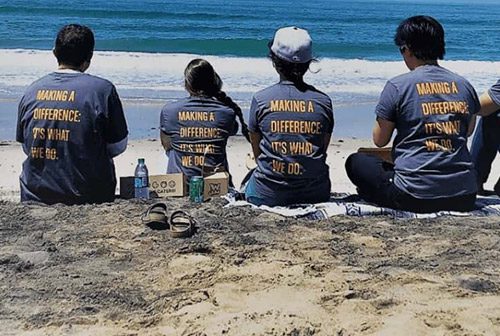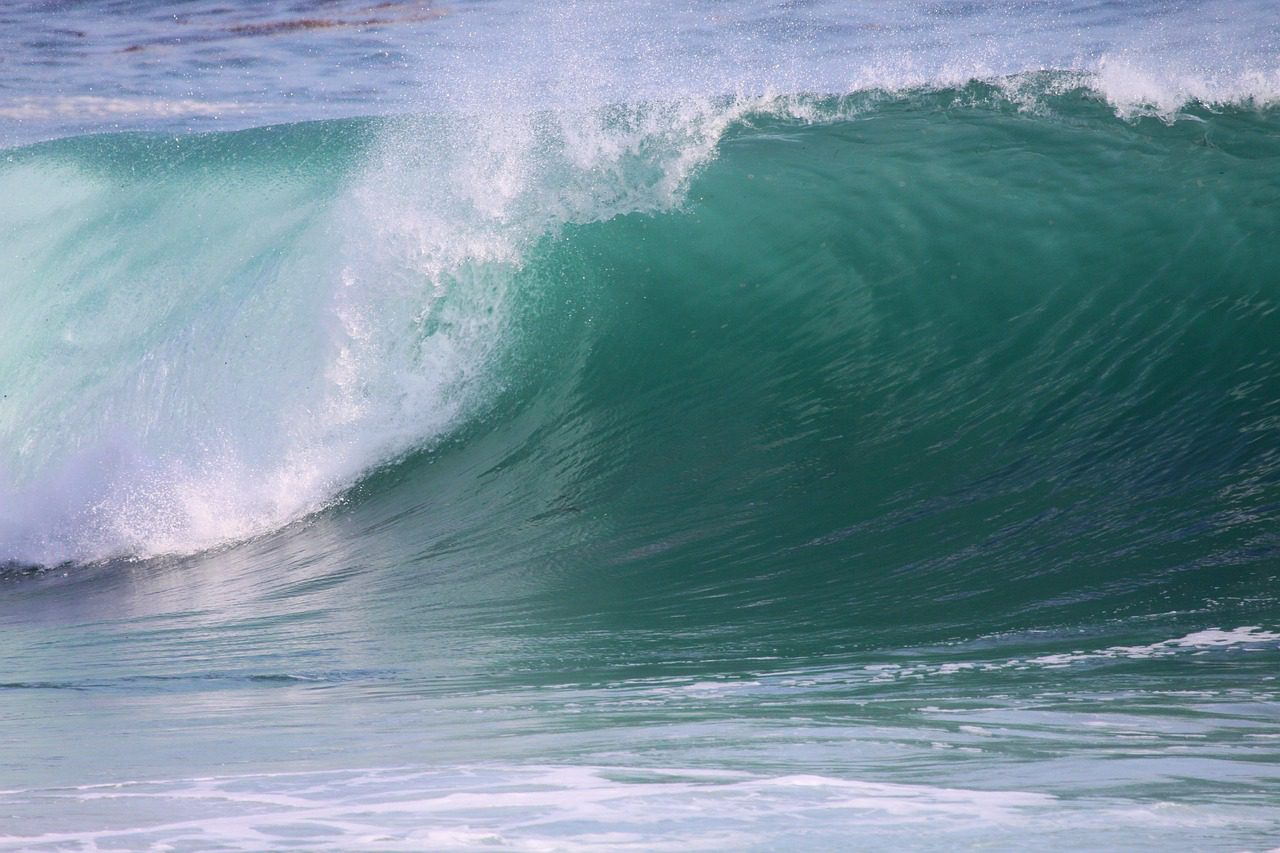This is the third of a 10-part blog series examining the nature of ASBS, the threats they face and the actions we can take to protect these biological hotspots for future San Diegans.
We know from our previous posts that once a coastal area is designated as an ASBS, discharges of any waste into that area are not allowed. That was part of the initial intent of the original 1972 ASBS policy – to protect ‘natural water quality.’ At the time, no areas had been designated. By 1974, key areas of California’s coast were recognized as ‘special’ including the two areas off of La Jolla’s shoreline officially ASBS #29 and ASBS #31.


This no-discharge prohibition was codified in 1983 when the State Water Board amended the Ocean Plan to officially prohibit all waste discharges, both point and nonpoint, into ASBS. This was a forward looking and protective decision for marine conservation. Unfortunately, at the time, little was known about the number and types of waste discharges in any ASBS. It was not until 2001 that the State Water Board discovered that indeed, waste discharges into ASBS were common.
A 2003 statewide survey found 1,654 potential violations along the coast of California, and identified 391 municipal or industrial storm drains that emptied directly into ASBS statewide. This survey found that both of our local ASBS areas were receiving discharges from several sources including the University of California, San Diego (UCSD), Scripps Institution of Oceanography’s (SIO) waste seawater (from research facilities and the Birch Aquarium) and storm water runoff, and the City of San Diego’s discharges from pipes, drainage weeps and storm drains.
To remain in compliance with the Ocean Plan, discharges must be eliminated or specifically granted an exception. The State Board determined that it was in the best public interest to allow UCSD/SIO to continue to discharge but with 19 specific ‘limiting conditions’ to protect the ASBS. This 2004 ‘model exception’ required eliminating copper and formaldehyde from seawater discharges, removing exotic species in discharges, eliminating dry weather discharges from storm drains and extensive monitoring.
In 2005 the La Jolla Shores Watershed Management Group (WMG) was formed to address the ASBS issues raised in the exception process. The WMG is a collaboration among UCSD/SIO, the City of San Diego, and San Diego Coastkeeper. Together, the WMG crafted an ambitious science-based management plan that spells out actions to protect and enhance water quality in our local ASBS. In 2008, we finalized the La Jolla Shores Coastal Watershed Management Plan.
Thankfully, this plan is not sitting on a shelf just gathering dust. Already, many of the actions identified in that report have been implemented. For example, UCSD/SIO has finished installing an ‘ecology embankment’ at La Jolla Shores just north of Scripps Pier. This project has transformed the beach embankment into a stormwater workhorse – by implementing media filters, special ‘amended’ soils and native plants, the area will infiltrate and remove pollutants from dry weather flows and some of the first winter rains, all the while providing habitat for wildlife and adding even more beauty to our coastline. The actions laid out in the Management Plan have increased our understanding of our marine environment around La Jolla and have pushed us towards achieving improved water quality for the coast off La Jolla Shores. In upcoming blogs, we will talk in more detail about many of these actions, what we know so far about their impacts, and spell out how local residents can implement some of these actions at home. Stay tuned!















